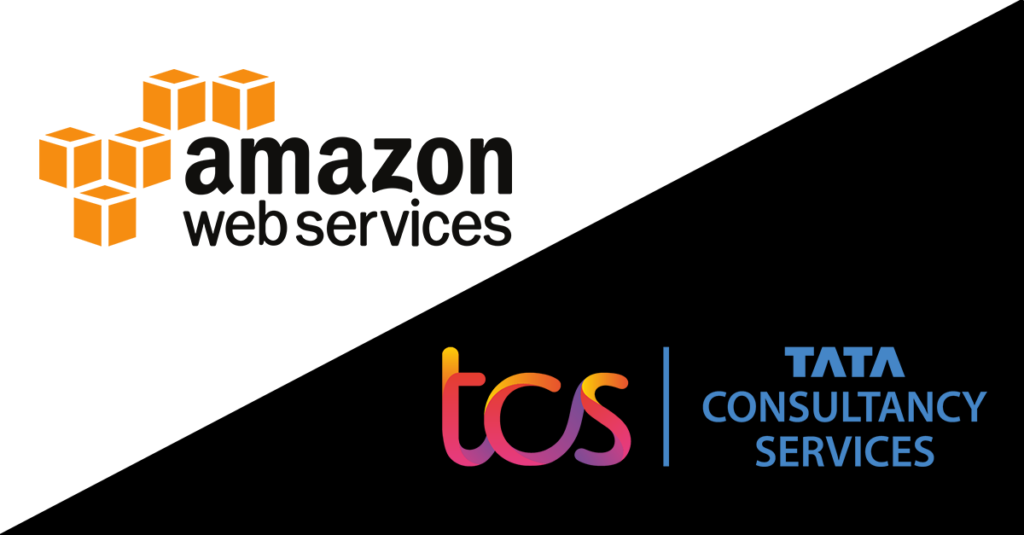If Amazon’s AWS cloud unit has an Achilles Heel, it is that the company’s singular and enormously successful focus on the cloud has kept it from developing deep expertise with legacy mainframe systems that still run massive portions of the global economy.
(On my weekly Cloud Wars Top 10 rankings, Amazon has held the #2 spot for the past couple of years, trailing longtime #1 Microsoft and keeping ahead of fast-rising #3 Google Cloud.)
As the cloud has surged in popularity over the past few years, it has become unmistakably clear that most businesses will also in parallel continue to rely on their legacy mainframe systems for years to come even as they move aggressively into the cloud.
That’s why Amazon’s expanded deal with TCS is so significant: it gives AWS more of a presence, albeit indirectly, in the mainframe world it has sought for 15 years to replace.
This hybrid cloud phenomenon—the ability for private-cloud and public-cloud environments to work seamlessly with on-premises systems including mainframes—has become the Holy Grail for not only the businesses deploying it but also for cloud vendors looking to win the hearts, minds and wallets of those businesses.
Over the past few years, AWS has made some impressive strides in addressing the hybrid-cloud reality, particularly as it has continued to expand its offerings under its Outposts family of services aimed at tying into on-premises environments.
But, as I’ve noted before, the very fact that AWS chose the term “Outposts” reveals a lot about Amazon’s perspective: that these are marginal and minimal concessions in the form of stuff to be kept out on the fringes and visited or used only when necessary.
That is perhaps an understandable perspective from a cloud-computing zealot, but it is most certainly not the point of view that businesses around the world are taking as they pursue the hybrid blend that’s optimal for their success.
And into that breach comes the enhanced partnership between AWS and TCS.
While TCS has been a close partner of AWS for many years, the new relationship calls for all of the AWS-focused efforts of TCS to be brought together for the first time under a single entity. That is no small achievement in a huge company like TCS (Tata Consultancy Services), which posted revenue of $22 billion for its last full fiscal year and has 469,000 employees in 46 countries.
TCS said its new business unit will be focused on helping businesses migrate mainframe and other legacy environments to AWS, modernize their applications and data estates and pursue industry-specific innovations.
In an email exchange, I received some additional insights into the partnership from Krishna Mohan, VP and global head of the TCS AWS Business Unit.
“Mainframe modernization mainly includes movement of entire mainframe workloads and associated ecosystems into AWS and broadly aligned to cloud-adoption strategy,” Mohan said via email.
“Once modernized or rehosted, the new cloud-native applications will integrate with various SaaS/PaaS solutions available and the on-premises workloads that fit into the hybrid-cloud model.”
In reply to my questions about the possible size of this mainframe-migration opportunity and related issues, Mohan offered the following insights:
1. Mainframes are still used by:
- 71% of the Fortune 500;
- 96 of the world’s largest 100 banks;
- 9 of the world’s 10 largest insurance companies; and
- 23 of the 25 largest retailers in the US.
2. 70% of CXOs say mainframe migration and modernization is a top priority in the next 3 years, according to a survey of more than 200 CXOs conducted by IDG Research on behalf of TCS/AWS.
3. Mainframe applications are still in wide use, according to the IDG survey, including:
- 69% for core business;
- 67% for internal apps;
- 67% for finance apps;
- 61% customer-facing apps; and
- 60% for AI/ML.
4. From the survey results compiled by IDG, organizations are running an average of 22 mainframe applications with about 10 million lines of code.
5. How long do the three types of mainframe-to-cloud migrations take?
- Rehost: moving the application largely as-is from mainframe to AWS can usually be done in a few months to less than a year;
- Refactor: automatically converting the app from a legacy language like Cobol to a modern language like Java can take up to 2 years; and
- Rewrite: converting the applications manually from a legacy language like Cobol to modern language like Java can take up to 3 years.
6. In the view of TCS, what are the 3 primary benefits businesses can gain by signing on with the new partnership?
- Rapid time to market as TCS tools and expertise can reduce the timelines for mainframe migration/modernization by 40%)
- Minimize chances of disruption by using automated solutions built by TCS
- Lower costs for mainframe-modernization programs due to TCS experience and solutions (Mohan said TCS has 300+ mainframe customers)
Final thought
I give AWS a lot of credit for openly acknowledging that no matter how fast customers are moving to the cloud, there’s still a huge desire on the part of those businesses to create an optimized hybrid-cloud environment extending seamlessly into the on-premises world while also aggressively embracing the cloud.
RECOMMENDED READING
Salesforce Q4 Earnings: Can Marc Benioff Reverse Sharp Slide in Growth Rate?
Microsoft’s $10-Billion Secret: 6 Fun Facts about its Security Business
5 Reasons Why Google Cloud’s $5.6-Billion Loss Is Excellent News
Oracle Cloud EVP Clay Magouyrk: Journey to Cloud Still Too Complex
Microsoft Wallops Amazon in 2020 Cloud Revenue; Bigger than AWS and Google Cloud Combined
The Quotable Bill McDermott: 10 Insights from CEO of Soaring ServiceNow
World’s Fastest-Growing Cloud Vendors: #1 Google, #2 Oracle, #3 Microsoft & ServiceNow, #5 Amazon
Google Remains World’s Hottest Cloud Vendor as Q4 Growth Surges to 46.5%
Subscribe to the Cloud Wars Newsletter for in-depth analysis of the major cloud vendors from the perspective of business customers. It’s free, it’s exclusive and it’s great!








